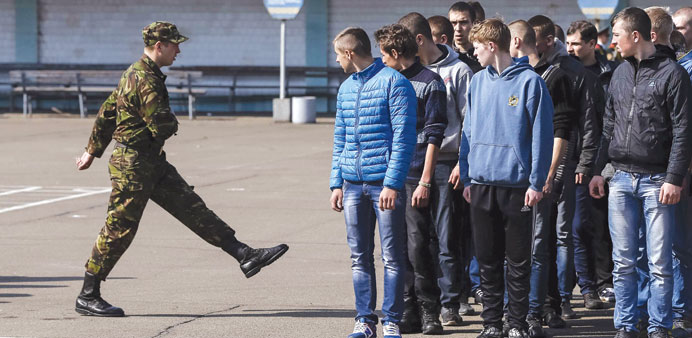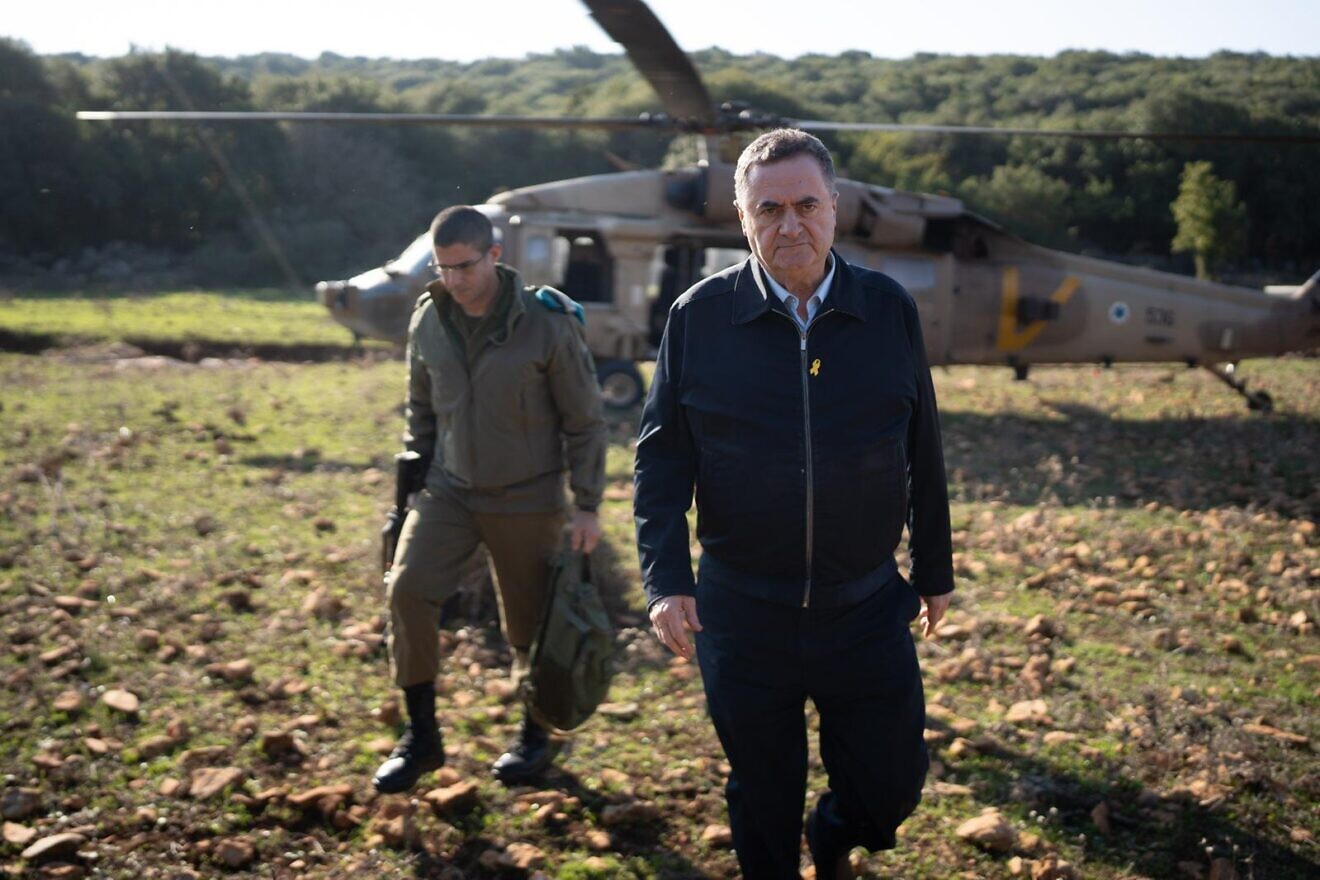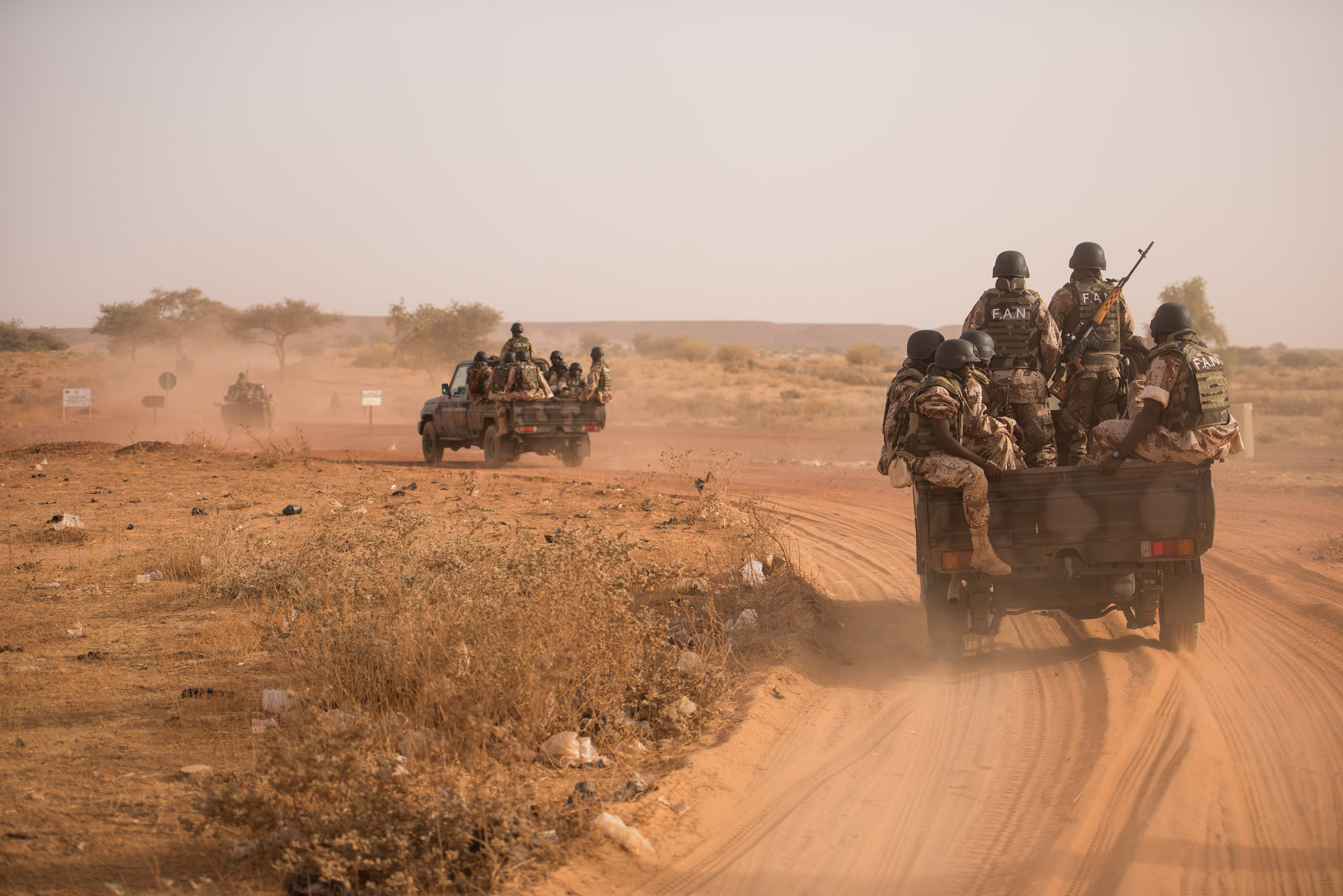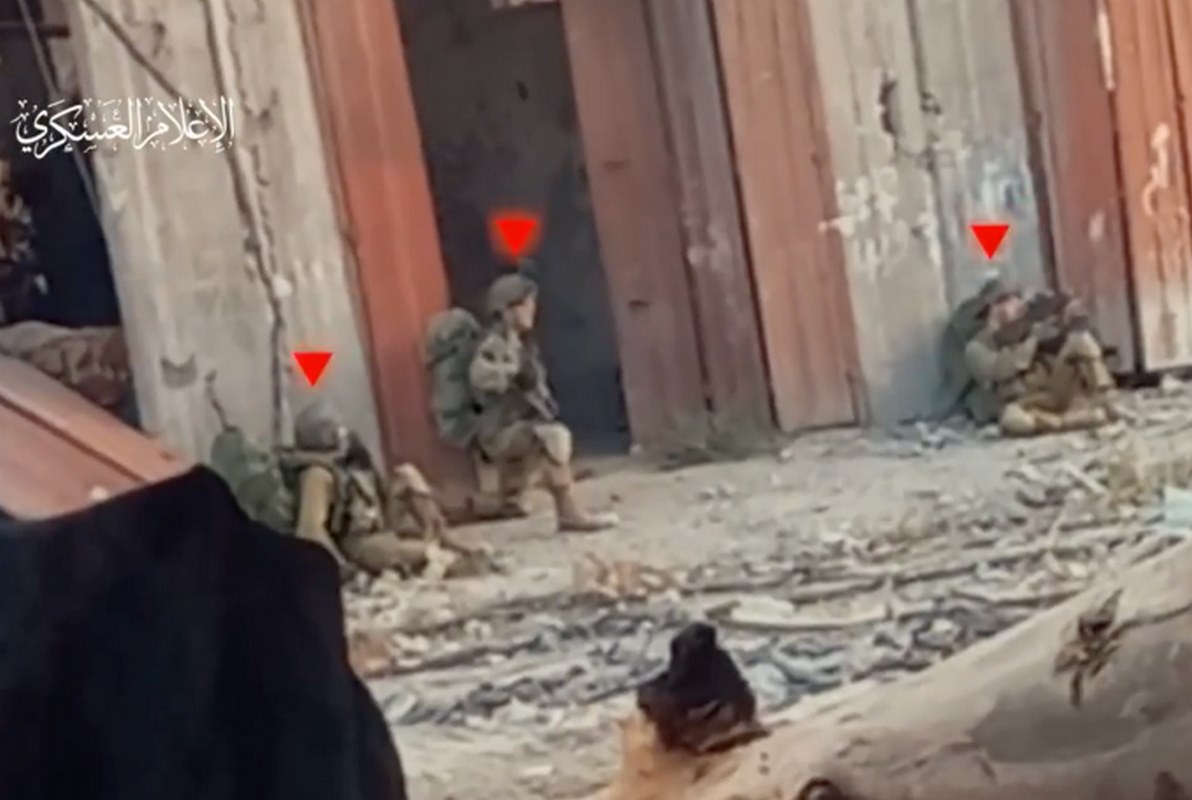Voices across the West are celebrating the recent passage of the National Security Supplemental Act which will approve 61 billion in printed US dollars for spending on weapons and equipment for the Ukrainian military, a piece of aid legislation that has been needed for more than 6 months, but which remained bogged down in political discussions throughout that time.
It corresponds to recent legislation passed in Ukraine to lower the draft age, making men of 25 years subject to compulsory military service or a three-year prison sentence.
Starved of air defense munitions and artillery for the front lines, Russian forces have steadily been gaining ground, capturing a key Donetsk city of Avdiivka and are now close to Chasiv Yar, another town that would put them close to striking range of key command and control sites of Ukraine, the New York Times reports.
The size of the Russian military in terms of men is larger than before the war began, according to United States Gen. Christopher Cavoli, the head of US European Command. There are also fears that the industrial capacity of Russia has been expanded to the degree that they can outproduce NATO as a whole in furnishing shells for Ukrainian guns.
Nevertheless, NATO Secretary General Jens Stoltenberg recently stated that Germany is supplying a third Patriot Missile air defense system. The Netherlands has also announced a large funding package for Ukraine of $4 billion, and Stoltenberg expects “additional announcements to come soon”.
It was recently revealed by AP that some or all of the A1 Abrams main battle tanks sent to Ukraine by the United States have been “sidelined” after reports emerged that one had been destroyed by Russian drones. Promised in January 2023, but delivered in February 2024, they have lasted only two and a half months of action.
“When you think about the way the fight has evolved, massed armor in an environment where unmanned aerial systems are ubiquitous can be at risk,” Joint Chiefs of Staff Vice Chairman Adm. Christopher Grady told AP. “Now, there is a way to do it. We’ll work with our Ukrainian partners, and other partners on the ground, to help them think through how they might use that, in that kind of changed environment now, where everything is seen immediately”.
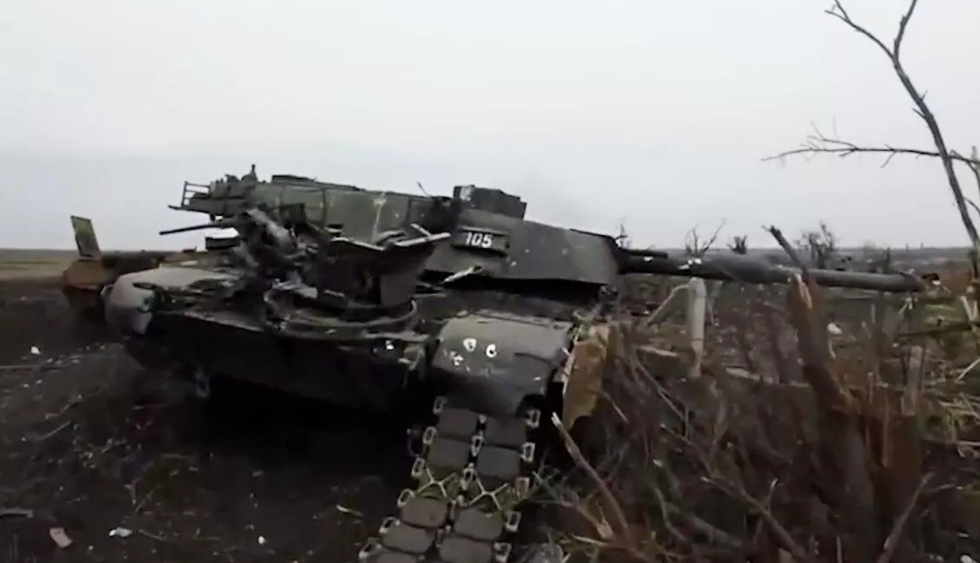
Conscription expanded
Since the beginning of this attritional war, an estimated 860,000 Ukrainian men have fled to other parts of Europe, fearing the draft. This has had a debilitating effect on the ability of Ukraine to replenish or rotate troops on the front lines—epitomized by a Sunday Times piece that found the average Ukrainian soldier’s age is 43.
Now, some European countries are expressing their willingness to cooperate with Ukraine in sending young men back for compulsory military slavery.
Polish Defense Minister Wladyslaw Kosiniak-Kamysz said Wednesday that Warsaw has “suggested for a long time that we can help the Ukrainian side ensure that people subject to [compulsory] military service go to Ukraine”. When asked if Poland would agree to transport Ukrainians back to Ukraine, he said, “Everything is possible”.
Lithuanian Defense Minister Laurynas Kasciunas said Vilnius was also willing to help send Ukrainians back to fight, Antiwar reports.
“Of course, no one will collect them and take them to Ukraine—this will not happen,” Kasciunas said. “But (it is possible to limit these persons) in terms of social benefits, work permits, documents—these are options that I hear from the Polish side as well. So, let’s wait and see what option they will offer, maybe it will also be suitable for Lithuania”.
In February, President Zelenskyy reported the fanciful figure of 31,000 for the number of deaths among the Ukrainian forces. US officials in August put the number of Ukrainian soldiers killed at 70,000 and as many as 120,000 injured. The balance of artillery would traditionally suggest that Ukraine is taking three or five causalities for every one Russia sustains, contrary to popular reporting. WaL
